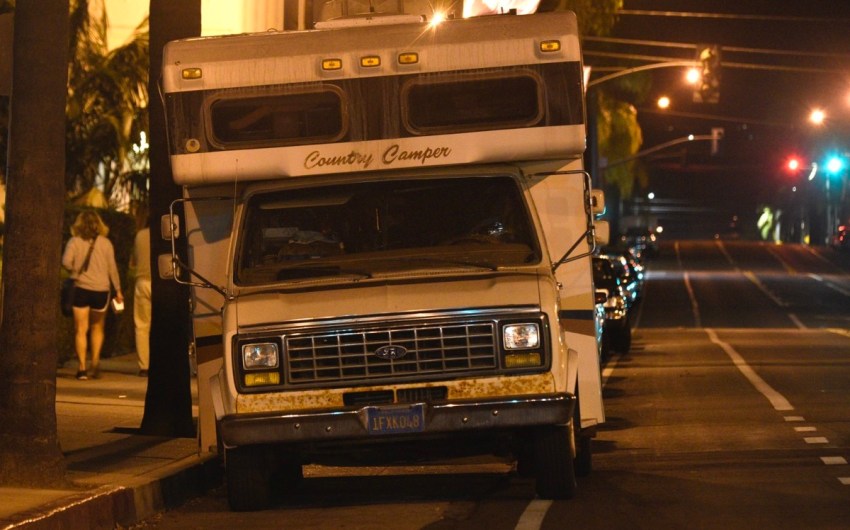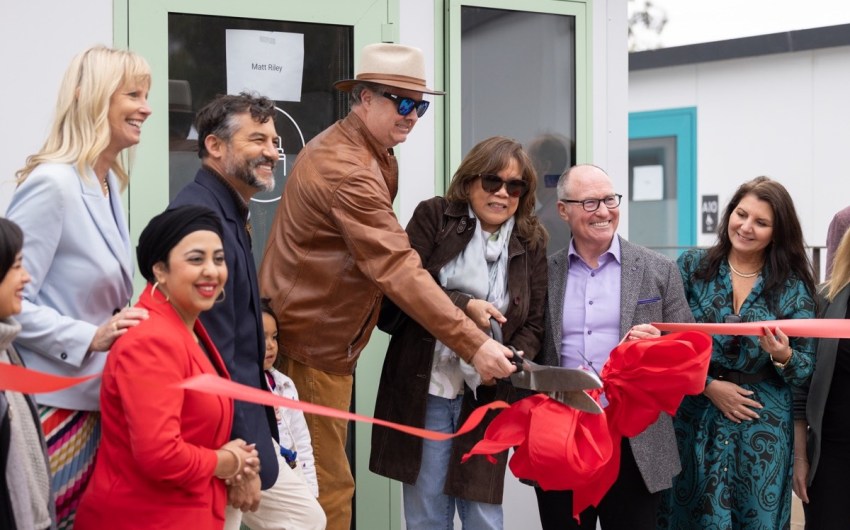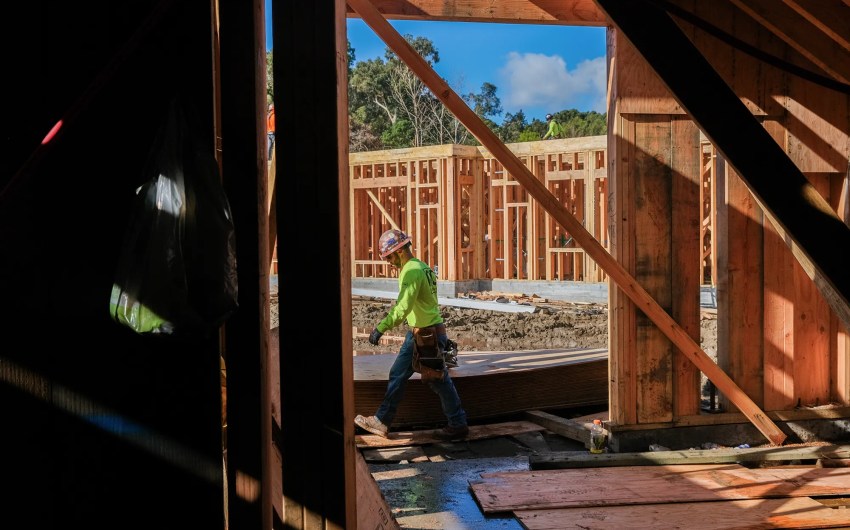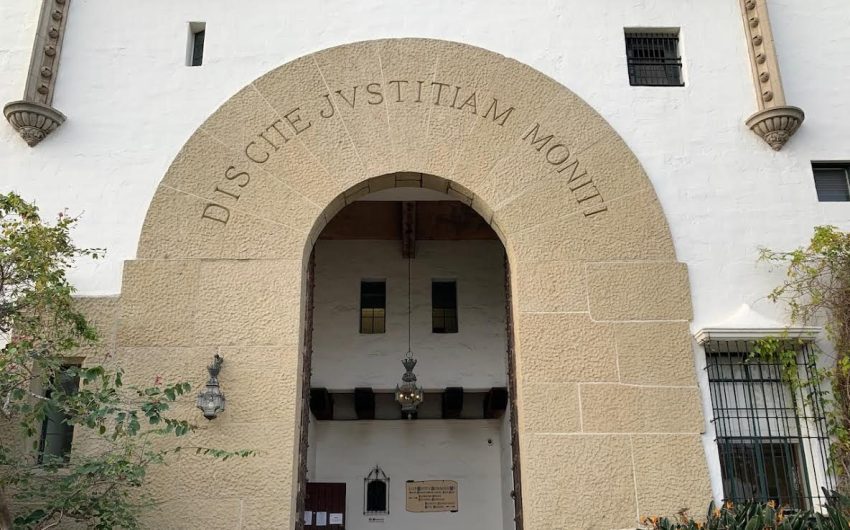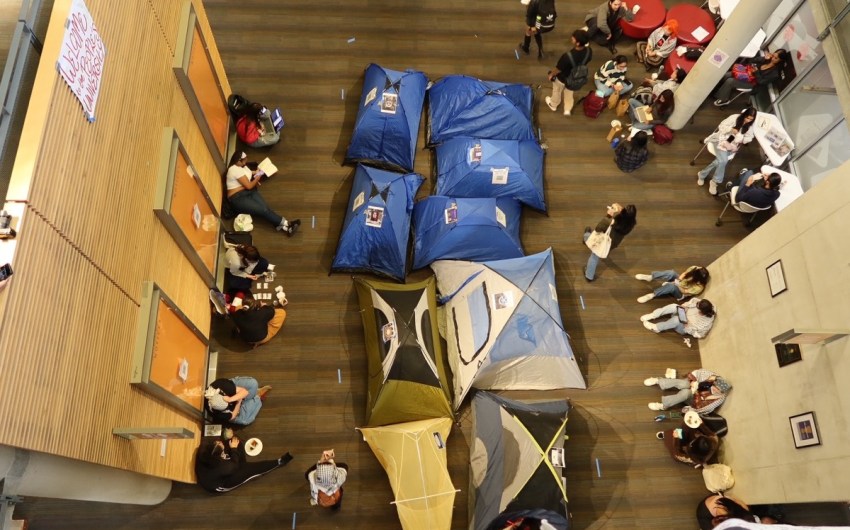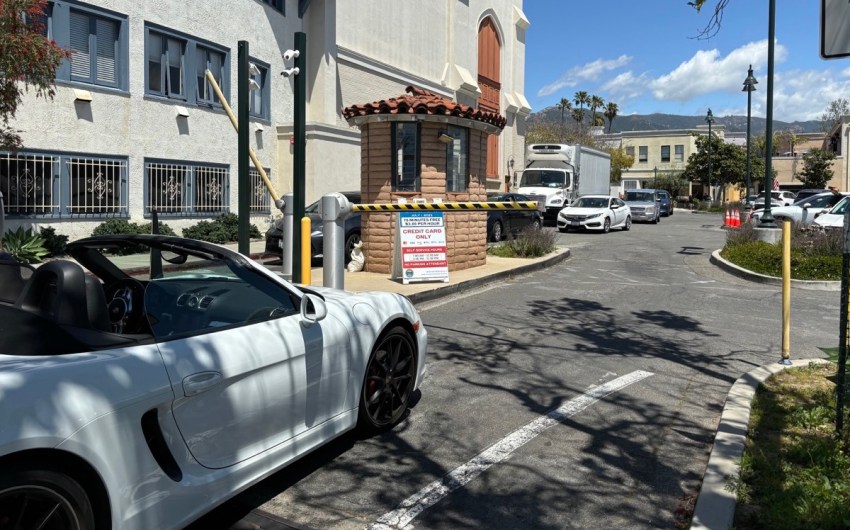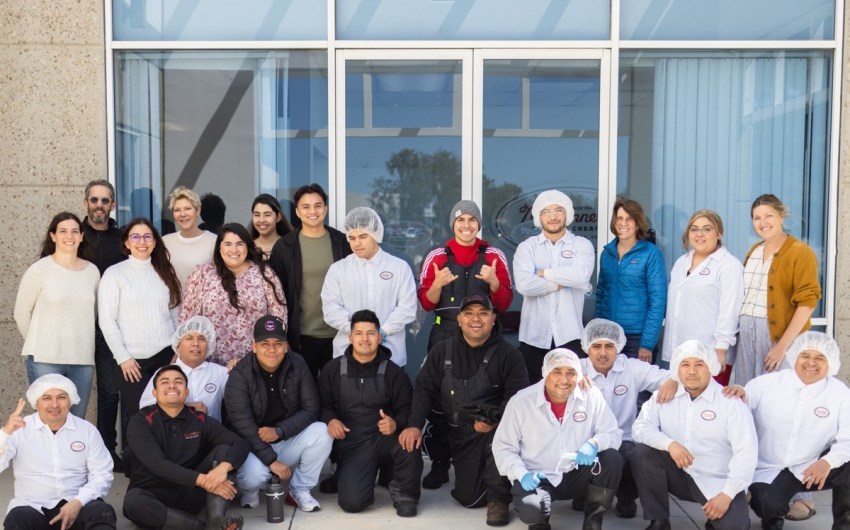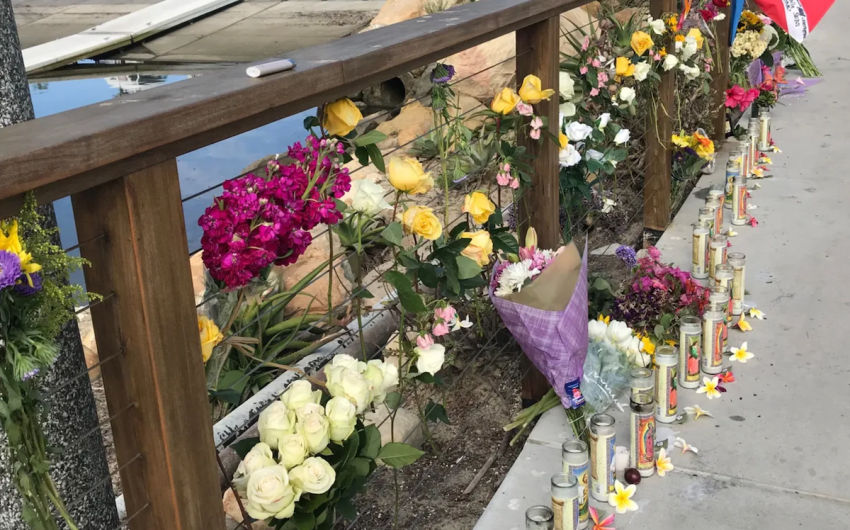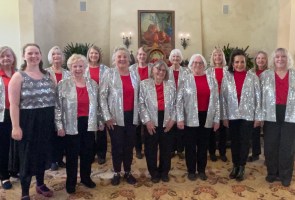Much Progress Made on Homelessness, but Problem Still Getting Worse
Deciphering Mixed Messages on Homelessness in Santa Barbara County
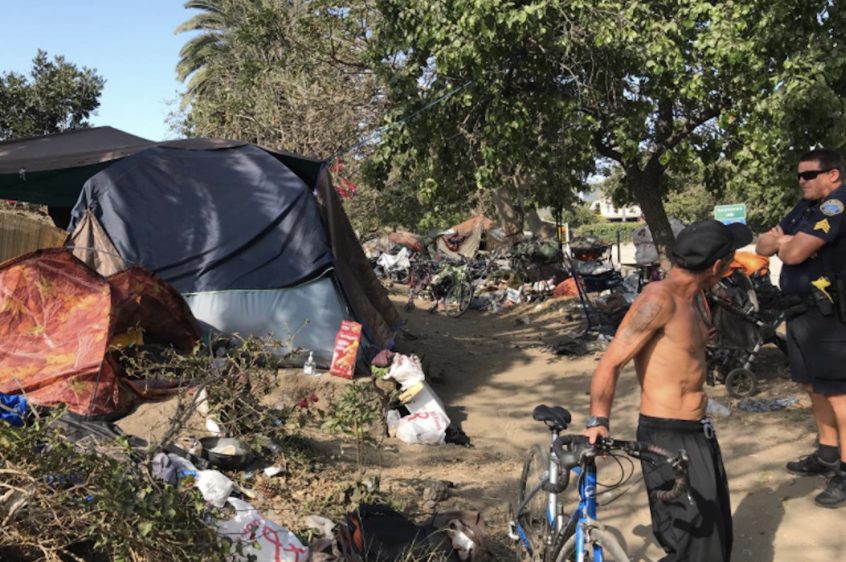
Here’s the good news: In the past year, no fewer than 1,400 homeless people managed to secure permanent housing in Santa Barbara County. Here’s the bad news: In the past year, 4,333 homeless county residents sought out services from one of 45 government agencies or nonprofits that focus on the challenges confronted by this population. That number is up by roughly 1,000 from two years prior. Of these 4,333 individuals seeking services, half found themselves reaching out for help for the very first time.
Here’s more good news: Three years ago, the county supervisors embraced a plan to build 563 new units of supportive or permanent housing to get homeless people off the streets. Since then, more than 300 of these units have been built — and occupied — with 174 currently in the pipeline.
Here’s more bad news: According to the federally mandated Point-in-Time Count — a snapshot equivalent of a homeless census conducted early this January — Santa Barbara County’s homeless population in 2024 increased by 12 percent from the previous year. The biggest spike involved people living in their cars and RVs. Most troubling were the growing number of families and seniors living in their vehicles. This issue is countywide.
The good news is that the number of homeless veterans has plummeted dramatically and that for those 45 agencies and nonprofits, there’s dramatically more information sharing about the needs and challenges of specific clients. Today, the personal data for 96 percent of all homeless clients is shared in vast data storage system known as the Homeless Management Information System.
Here’s the bottom line: Last year, all government agencies in Santa Barbara combined spent $112 million to provide homeless shelter, housing, and services. Here’s the scary news: A lot of that was from one-time state and federal dollars that will soon disappear.
How can the county hope to maintain the infrastructure of new housing — three new tiny-home villages with two more on the way, one refurbished motel, and one new apartment complex, to name just a few — that it’s painstakingly brought online over the past three years? According to County Community Services Director Jesús Armas, it’s by being “rigorous and relentless” when it comes to seizing new funding opportunities.
Translated into something more tangible, the county — in conjunction with the City of Santa Barbara — just snagged an $8 million state grant to get people out of their cars and into housing. In addition, the county is working aggressively with CenCal to cash in on brand-new Medi-Cal funding opportunities when it comes to getting people off the streets.
To date, more than 900 people have already gotten connected to homeless services paid for by this new funding. The year before, that number was zero; the program didn’t exist. The big advantage of this program — known as CalAIM — is that Medi-Cal is now providing a stable source of ongoing funding for a host of services that previously had to rely on the luck of the roulette table when it came to applying for grants.
All this information was part of a massive brain dump on homelessness to which the county supervisors subject themselves on an annual basis. As usual, the supervisors needed yoga lessons for the brain to accommodate the inundation of such starkly contradictory information. Clearly, the supervisors and the flotilla of high-level administrators involved were concerned by the uptick in “bad” numbers. The degree of federal funding for such programs is typically tied to the success of existing programs, which is measured — or supposed to be — by such numbers.
As the supervisors sought to absorb and reconcile their flood of contradictory data this Tuesday, they were clearly mindful of two major developments that might pose ominous portent. This Monday, the United States Supreme Court have heard oral arguments about the single most important homeless rights case it’s ever likely to hear. On the table is a Ninth Circuit Court of Appeal ruling in 2018 that decreed any and all municipal prohibitions on outdoor sleeping and camping by homeless people to be unconstitutional. The Appeals court ruled that any laws banning so basic a bodily function as sleep in the absence of an adequate supply of shelter beds constituted cruel and unusual punishment. Law enforcement agencies in all western states covered by this ruling — known as the Martin v. Boise decision — have been forced to allow the proliferation of large sprawling homeless encampments.
Oral arguments were heard Monday — no ruling is expected until June — and the more conservative justices asked questions more sympathetic to needs of local governments to regulate, restrict, or ban outright where such camps can be allowed. The more liberal court minority posed questions more open to the challenges of homeless individuals with no place else to go but denied the right to sleep or camp in public.
California Governor Gavin Newsom — who has spent $24 billion over the last five years on programs designed to combat homelessness — filed an amicus brief with the high court, seeking a middle ground that allowed local government to restrict and regulate the time, place, and manner of such camps, while not banning them outright. Newsom was much chagrined to discover in the past month that a recent audit of nine major homeless initiatives revealed that the information needed to evaluate their effectiveness simply did not exist. At Tuesday’s board meeting, some supervisors expressed disappointment that the progress made in recent years has been eclipsed by the growing numbers of homeless people and the demand for such services. None shied away from the supervisors’ commitment to the cause, though some — supervisors Bob Nelson and Steve Lavagnino — cautioned that public opinion will not be assuaged by statistical metrics indicating progress when large numbers of homeless encampments people in the Lompoc or Santa Maria rivers are immediately visible to residents and motorists passing by. Even Supervisor Joan Hartmann, a staunch supporter of homeless programs, asked for help in how she can explain how progress is being made even as the numbers continue to go up.
Premier Events
Sat, May 04
2:00 PM
Santa Barbara
In-Person and Online Talk: “Scientific Foundations of Musical Expression”
Sat, May 04
10:00 AM
Solvang
Touch A Truck
Sat, May 04
11:00 AM
Santa Barbara
Mental Wellness Center’s 28th Annual Arts Faire
Sat, May 04
11:00 AM
Santa Barbara
Community History Day
Sat, May 04
3:00 PM
Solvang
The SYV Chorale Presents Disney Magic Concert
Sat, May 04
4:00 PM
Santa Barbara
Santa Barbara Treble Clef Women’s Chorus Spring Concert and Reception
Sat, May 04
7:00 PM
Santa Barbara
A Star Wars Cantina Celebration: Renegades, Rebels, and Rogues
Tue, May 07
7:00 PM
Santa Barbara
Theatre Eclectic Presents “The Great Gatsby” – Wake Auditorium
Thu, May 09
11:00 AM
Santa Barbara
Friendship Center’s Mother’s Day Celebration
Thu, May 09
7:00 PM
SANTA BARBARA
San Marcos High School Theater Presents, “Singin’ in the Rain”
Fri, May 10
12:00 PM
Santa Barbara
Mother’s Day Weekend at Art & Soul
Sat, May 04 2:00 PM
Santa Barbara
In-Person and Online Talk: “Scientific Foundations of Musical Expression”
Sat, May 04 10:00 AM
Solvang
Touch A Truck
Sat, May 04 11:00 AM
Santa Barbara
Mental Wellness Center’s 28th Annual Arts Faire
Sat, May 04 11:00 AM
Santa Barbara
Community History Day
Sat, May 04 3:00 PM
Solvang
The SYV Chorale Presents Disney Magic Concert
Sat, May 04 4:00 PM
Santa Barbara
Santa Barbara Treble Clef Women’s Chorus Spring Concert and Reception
Sat, May 04 7:00 PM
Santa Barbara
A Star Wars Cantina Celebration: Renegades, Rebels, and Rogues
Tue, May 07 7:00 PM
Santa Barbara
Theatre Eclectic Presents “The Great Gatsby” – Wake Auditorium
Thu, May 09 11:00 AM
Santa Barbara
Friendship Center’s Mother’s Day Celebration
Thu, May 09 7:00 PM
SANTA BARBARA
San Marcos High School Theater Presents, “Singin’ in the Rain”
Fri, May 10 12:00 PM
Santa Barbara

